Ship to: 43215 Update

- Plants
- Shade Trees
- Fall Color
- Elm Trees
Plants Filter
Current Filters
Mature Height
Sunlight
Plant Type
Elm Trees
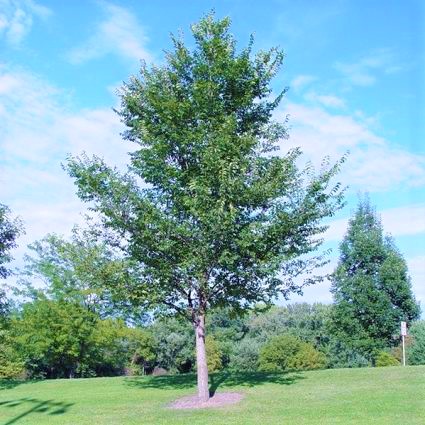
New Horizon Elm
Starting at $163
30% Off
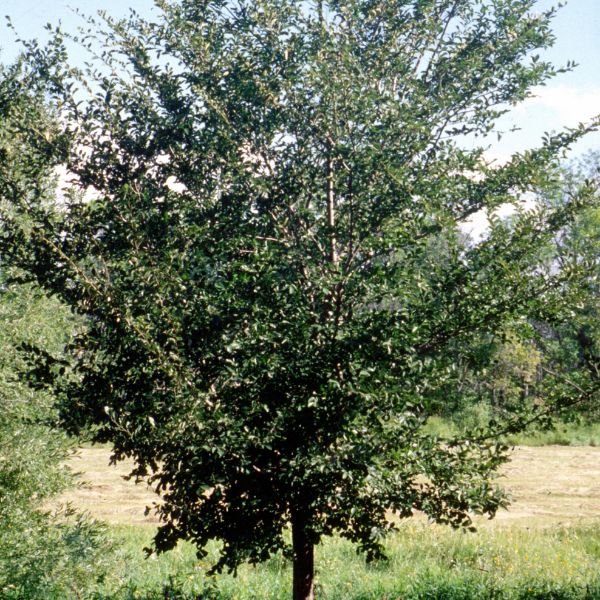
Princeton Elm Tree
Starting at $72
30% Off
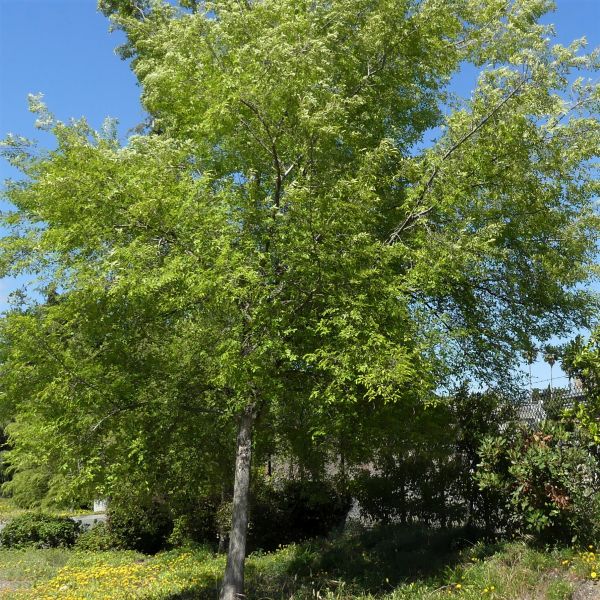
Bosque Lacebark Elm Tree
Out of Stock
30% Off

Valley Forge American Elm
Out of Stock
30% Off
Elm Trees
Elm trees belong to the genus Ulmus and are part of the Ulmaceae family. They are deciduous trees that are widely distributed across temperate regions of the Northern Hemisphere. Elm trees are known for their iconic vase-like shape, with arching branches that spread outward from a single central trunk. They have simple, serrated leaves that are usually oval or elliptical in shape, and their bark is often grayish-brown and ridged. Elm trees produce small, inconspicuous flowers that are wind-pollinated, and they give rise to winged seeds known as samaras.
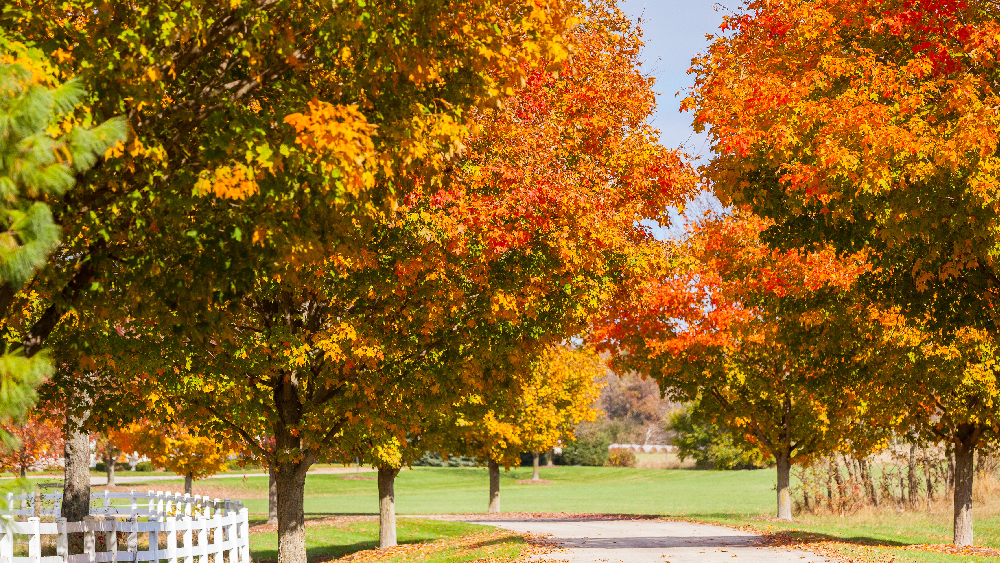
Common Types: There are several species of elm trees, with some common ones including:
- Ulmus americana (American Elm): Native to North America, it was once a dominant urban tree but has been affected by Dutch elm disease.
- Ulmus rubra (Slippery Elm): Native to eastern North America, it is known for its mucilaginous inner bark used for medicinal purposes.
- Ulmus glabra (Wych Elm): Found in Europe, it has distinctive long, winged samaras and can grow to large sizes.
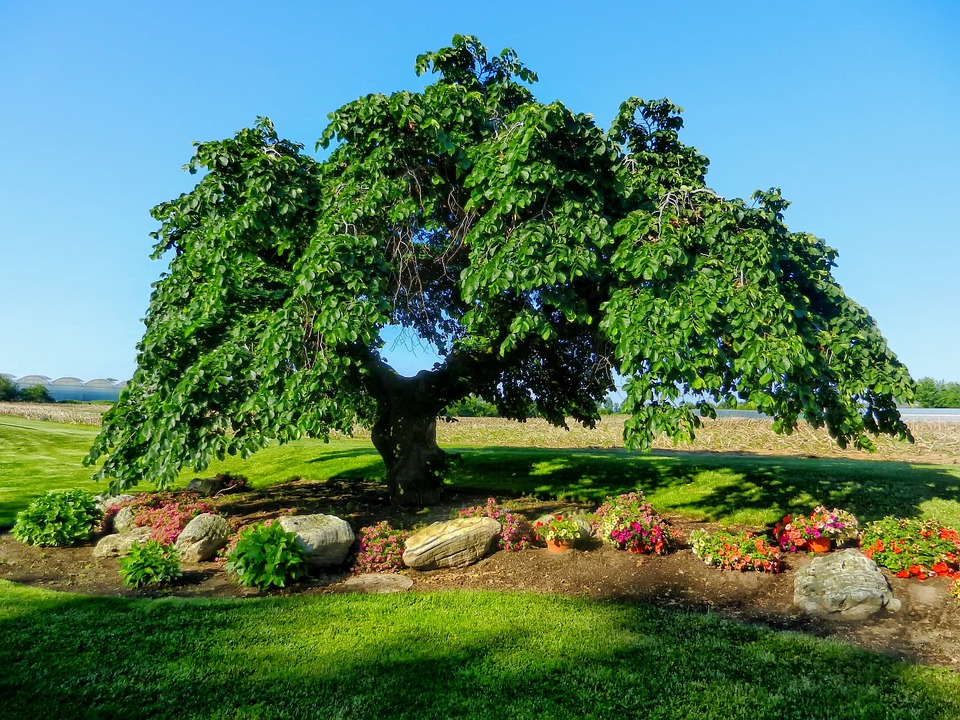
Care Tips:
- Sunlight: Elm trees prefer full sun to partial shade. They require adequate sunlight for healthy growth and canopy development.
- Soil: Well-draining soil is essential for elm trees. They prefer fertile, loamy soil but can tolerate various soil types.
- Watering: Young elm trees may require regular watering to establish their root systems. Once established, they are relatively drought-tolerant.
- Mulching: Applying a layer of mulch around the base of the tree helps retain soil moisture and insulate the roots.
- Pruning: Prune elm trees to remove dead or diseased branches and to shape the tree's canopy. Avoid heavy pruning during the growing season.
- Dutch Elm Disease: Watch for signs of Dutch elm disease, a fungal disease that affects many elm species. Promptly remove and destroy infected branches to prevent further spread.
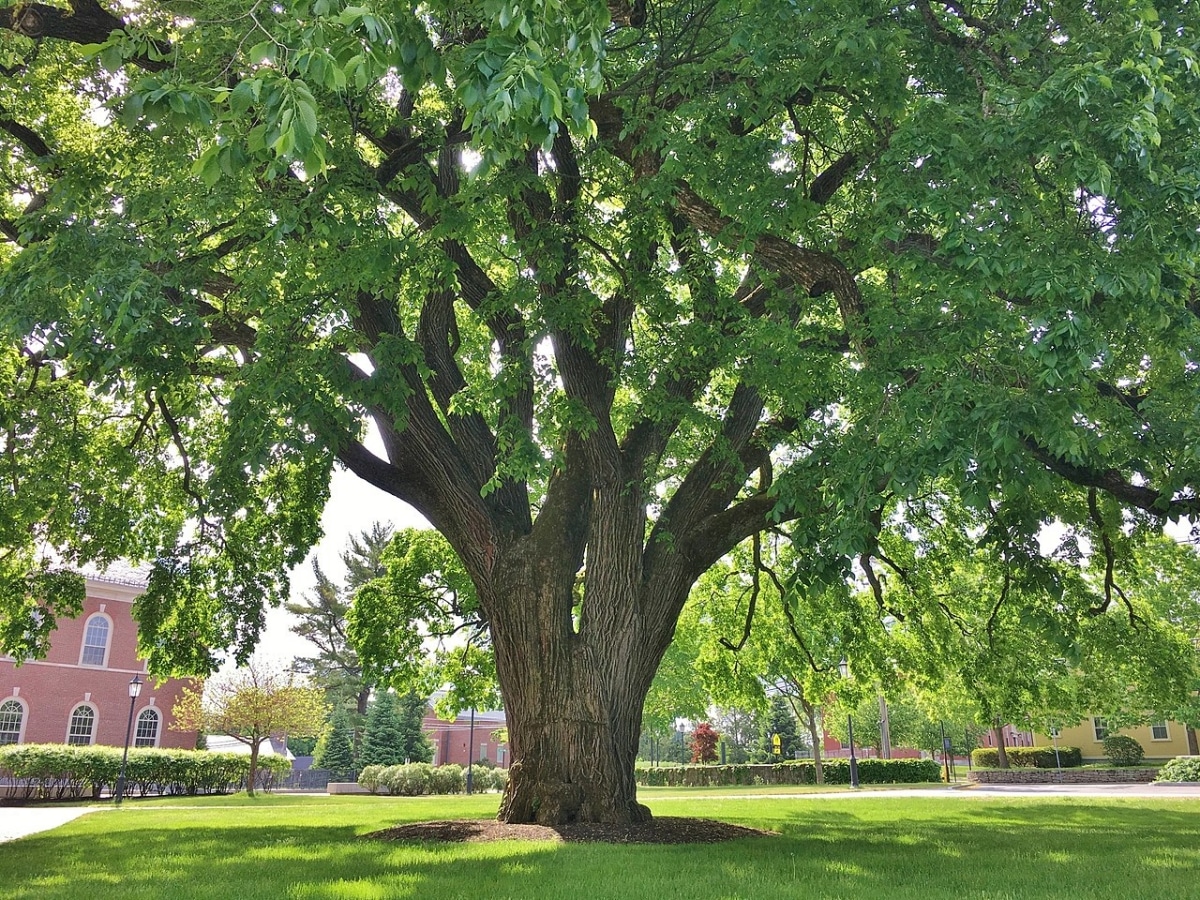
Uses:
- Shade Trees: Elm trees have historically been popular choices as shade trees due to their broad, arching canopies that provide ample shade in outdoor spaces.
- Street Trees: American elm, in particular, was once a common street tree due to its beautiful form and shade. However, Dutch elm disease has greatly impacted its use for this purpose.
- Timber: Elm wood is strong, durable, and resistant to water, making it suitable for various woodworking applications, including furniture and boatbuilding.
- Medicinal Uses: Slippery elm inner bark has been traditionally used in herbal medicine for its soothing properties.
Elm trees have long been celebrated for their graceful appearance and usefulness. Unfortunately, Dutch elm disease, an introduced fungal disease, has had a devastating impact on many elm species, especially the once-prevalent American elm. Despite this, elm trees remain iconic and continue to be appreciated for their historical significance, beauty, and ecological importance in the landscapes they inhabit. Efforts to develop disease-resistant elm varieties are ongoing, with the aim of restoring this beloved tree to its former prominence.
Item has been added to your cart.

